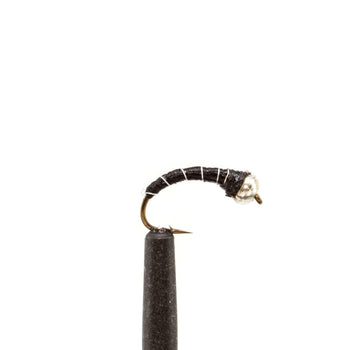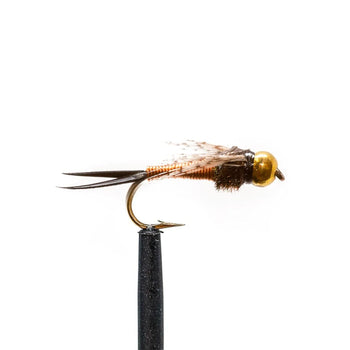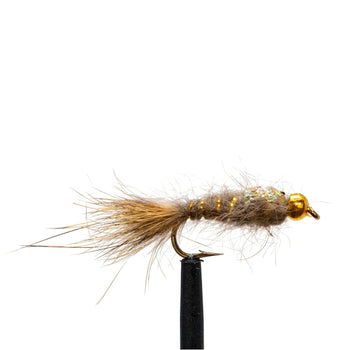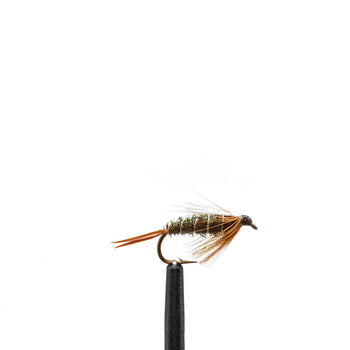Cold Water Conquests: Navigating the Challenges of Winter Fly Fishing

By the time February rolls around, winter has fully settled in. The snow is no longer a novelty; it’s part of life. Your favorite rivers and streams are draped in quiet, white serenity, offering solitude and unmatched beauty for those willing to embrace the season. Winter fly fishing isn’t about battling the elements—it’s about finding joy in the stillness, the challenge, and the subtle rewards of cold-water angling. It’s not just fishing; it’s a test of patience and adaptability, an opportunity to connect with nature in its most tranquil state.
In this guide, we’ll explore how to make the most of this magical time of year, from understanding the behavior of winter trout to selecting the best flies and fine-tuning your presentation. We’ll also share tips for staying safe and warm so you can fully enjoy the beauty of winter fly fishing.
Understanding Winter Trout Behavior
As water temperatures hover near freezing, trout move into slower currents and deeper pools where they can conserve energy. They’re less aggressive and won’t chase down food like they might in warmer months. Instead, they feed opportunistically, often on smaller aquatic insects like midges or nymphs drifting naturally with the current. This means your success hinges on precise presentations, realistic fly patterns, and a good understanding of their winter habits.Essential Winter Fishing Tactics
-
Zebra Midge (Sizes 18-22): Perfect for imitating the small midges trout feed on during winter. Drift these near the riverbed, using a dead drift or slight twitches to mimic natural movement.
-
Pheasant Tail Nymph (Sizes 16-20): A versatile choice that resembles a variety of aquatic insects. Employ a slow, steady retrieve or let it drift naturally with the current.
-
Copper John (Sizes 16-20): This weighted nymph gets down to the deeper areas where trout lie. It’s effective in a dead drift, particularly in faster water sections.
-
Beadhead Hare's Ear Flashback (Sizes 14-18): An all-around nymph that imitates a wide range of insects. Fish it slowly along the bottom, allowing it to bounce gently off rocks.
-
Prince Nymph (Sizes 12-16): Another all-purpose nymph, excellent for imitating stoneflies and other larger nymphs. Use in deeper pools with a slow, methodical retrieve.
2. Egg Patterns
In winter, especially in waters with spawning activity, egg patterns are highly effective for mimicking a key natural food source for trout.












